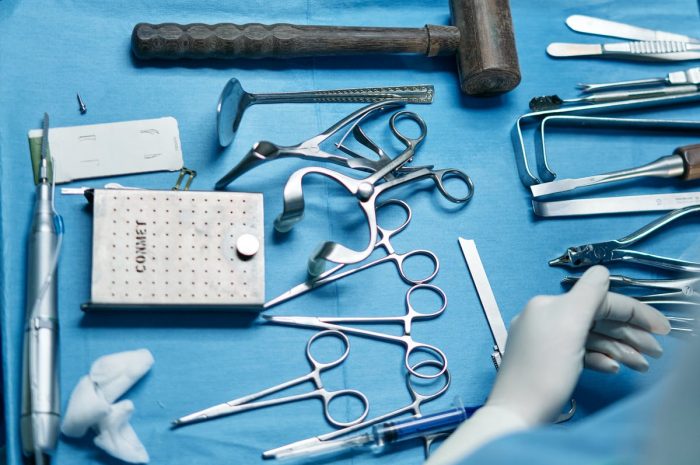Invisalign for Kids: The Clear Path to Straighter Teeth and Increased Self-Esteem
Are you curious how Invisalign can benefit your child’s dental health and self-esteem? This revolutionary orthodontic treatment has already transformed the smiles of millions of people around the globe. It is quickly becoming the go-to choice for many parents of younger children.
This article will explore the benefits of Invisalign clear aligners and answer common questions parents like you may have about this groundbreaking dental solution.
How Does Invisalign for Kids Work, and What Makes It So Popular?
Understanding the basics of Invisalign and why it’s becoming increasingly popular among parents and kids alike is essential. Here are some critical aspects of this innovative dental treatment:
The Basics of Invisalign Clear Aligners
Invisalign clear aligners are custom-made, removable trays made from virtually invisible plastic that fits snugly over your child’s teeth. They gradually shift and straighten teeth over time through a series of carefully planned moves, which are designed by a specialist like the experienced pediatric dentist in Jaffrey.
Comfort and Convenience
One of the main reasons Invisalign is so popular among kids is its comfort and convenience. These clear aligners are much less invasive than traditional metal braces, leading to less pain and discomfort during treatment. Moreover, they can be easily removed for eating, drinking, and brushing, making it easy to maintain a healthy oral hygiene routine throughout the orthodontic journey.
The Aesthetic Appeal of Invisalign Clear Aligners
Traditional braces often make children self-conscious about their appearance. However, dental treatments like Invisalign clear aligners in Jaffrey have nearly invisible designs that allow kids to maintain their self-esteem and confidence during orthodontic treatment. This can significantly affect their overall experience, boosting their motivation to maintain good oral hygiene and follow their treatment plan to get the best possible results.
Analyzing the Treatment Plan
Before starting Invisalign treatment, you will consult an experienced pediatric dentist who will carefully analyze your child’s dental needs and develop a customized treatment plan considering their unique requirements and desired outcomes. This ensures that the Invisalign process offers your child the most effective, efficient, and comfortable solution.
Accepting Dental Insurance Plans
Another great advantage of Invisalign for kids is that most facilities are accepting major dental insurance plans which typically cover a portion of the treatment costs, making it more accessible and affordable for parents like you. This makes Invisalign an attractive choice for parents who want to provide their children with the best possible orthodontic care without sacrificing their budget.
Comparing Invisalign to Traditional Braces
Invisalign offers several advantages over traditional braces, such as improved aesthetics, comfort, and convenience. However, consulting with an experienced pediatric dentist is essential to determine whether Invisalign is the right choice for your child. Not every dental issue can be addressed with Invisalign; in some cases, traditional braces may be the most effective solution.
Final Thoughts
Invisalign clear aligners for kids offer an innovative alternative to traditional braces that promote better dental hygiene, increased self-esteem, and a more comfortable and convenient treatment experience. If you’re considering orthodontic treatment for your child, consult with an experienced pediatric dentist who can help determine if Invisalign is the right choice for your child’s dental needs. Making an informed decision is critical to ensuring the best possible outcome and investing in a healthy, bright smile that will last a lifetime.




